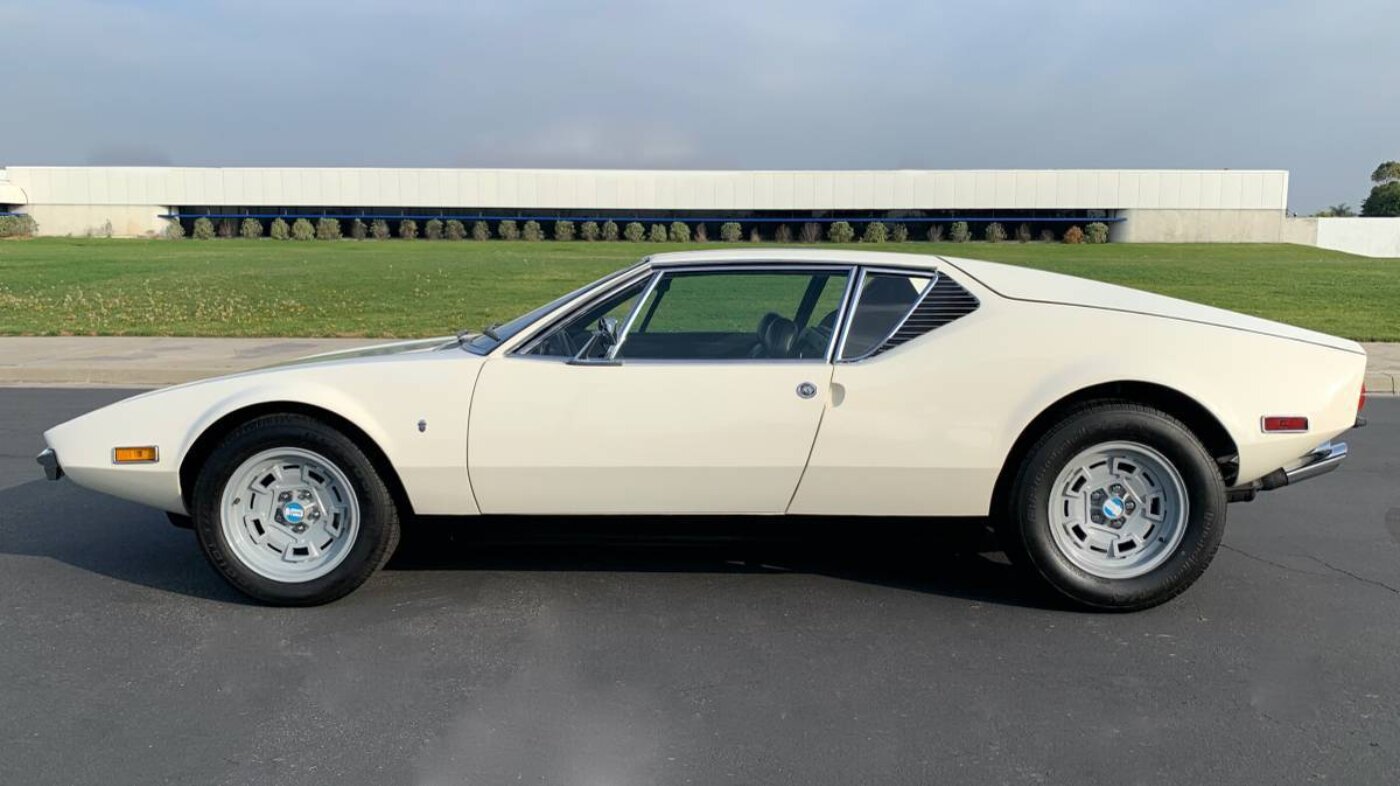
1971 push-button Pantera offered for sale
By Dean Larson
Photos: Seller, Craigslist
Sometimes it’s the little things that separate one iteration of a car from the rest, whereby catapulting its value above the mean. In terms of De Tomaso’s radical 351 Cleveland-powered Pantera supercar, it’s the early push-button model that you really want. While the push-button door actuators seem to be the only dead giveaway at a glance, there’s much more to these rare early cars that make them so sought after. Possibly one of the best Panteras you could invest in today, this 1971 De Tomaso Pantera clearly exhibits what makes these push-button cars so special.
By way of history, Ford was looking for a new exotic car to encompass its “Total Performance” image by the late 1960s. The Shelby Cobra had gone out of production in 1967, and after extensive research, Ford determined that the G.T.40 could not be reasonably adapted for road use. With their sights set on a new flagship mid-engine model, Ford turned to Italian sports car manufacturer De Tomaso, who had previously submitted the Mangusta for Ford’s consideration. Together the companies came up with an all-new model that fit Ford’s requirements better than the Mangusta. Both companies signed an agreement by September of 1969, and production was set to begin in January of 1971.
Ford believed they could sell 5,000 Panteras a year from their Lincoln and Mercury dealers, but that was a level of production that De Tomaso had never committed to before. In response, De Tomaso mobilized Carrozzeria Ghia and Carrozzeria Vignale, each of which had their own respective roles in Pantera production. But even under the tight timeline, De Tomaso believed they were ready to start building Panteras several months before the new assembly lines were ready, and production began early at Carrozzeria Vignale using old-world coachbuilding methods. These early cars were entirely hand built, and exhibit several important differences from the later cars, which were more standardized through the use of stamped parts.
Right off the bat, you’ll notice the push-button doors for which these early Panteras are named. The buttons, actuators and indented bodywork are actually carryovers from the earlier Mangusta. Other distinguishing features include hand-built details, unique hood release mechanisms and the single-slot Campagnolo wheels, which are a simpler casting than the rest of the Pantera lineage.
Figures differ on the subject, but somewhere between 75 and 97 push-button Panteras were built by the time all in-process shells were released, and these cars will be numbered somewhere between chassis No. 1286 and 1382.
Of course the Pantera would change and evolve for the next several years, with larger bumpers and lower compression engines, as mandated by U.S. regulations, which strongly reinforces the collectability of these early cars. Push-button Panteras got the hot 330 hp-rated Ford 351 Cleveland with closed-chamber 4V heads and the same ZF 5DS-25 five-speed transaxle and limited-slip differential used in Ford’s G.T.40.
While it was surely the most exotic thing you could buy off a domestic showroom floor, the Pantera had a whole host of issues right off the bat, especially the case with the early cars. The hand-built steel coachwork was problematic when repairs were needed, rust proofing was minimal and general fit and finishing left much to be desired. While loaded with the right features, the Pantera’s interior was hot and placed the pedals inboard compared to the driver’s seating position, which takes a little getting used to.
Complaints aside, the Pantera was a rocket ship that would best 60 mph in 5.5 seconds, and take down the quarter mile in 13 seconds. Flat out, the Pantera was capable of 150 mph, and auto journalists praised its responsive handling.
Ford’s Pantera program lasted from 1971 to 1974, and in that time, roughly 5,262 versions were imported into the U.S. The car was refined and altered over those years to remain compliant with federal standards, making the early small-bumper cars (push-button and Pre-L models) the most desirable. These cars have enjoyed a healthy increase in value in recent years, meaning nice examples can be hard to come by, and this 1971 push-button model on Orange County Craigslist could be one of the best out there.
Car No. 1313 is claimed to be the 27th car imported by Ford, and it remains in excellent condition with all its push-button specific features to this day. It has well-documented ownership history, and just over 35,000 miles on the clock. The car has been painstakingly restored in its original code 3 white paint, and the seller describes that extensive effort went into retaining its factory correctness. The 351 Cleveland engine has been disassembled and freshened up, without overboring the cylinders. If the photos serve as sufficient evidence, this car is definitely in concours condition.
For the remarkable condition and significance of this car, the seller is asking $179,00 here on Orange County Craigslist.

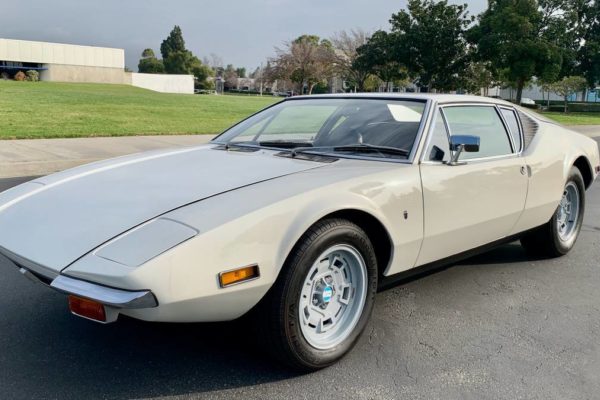
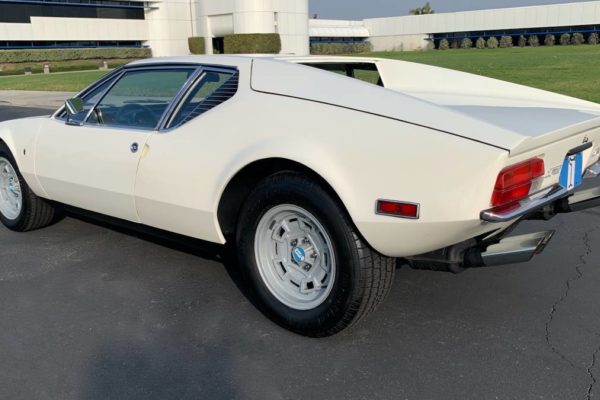
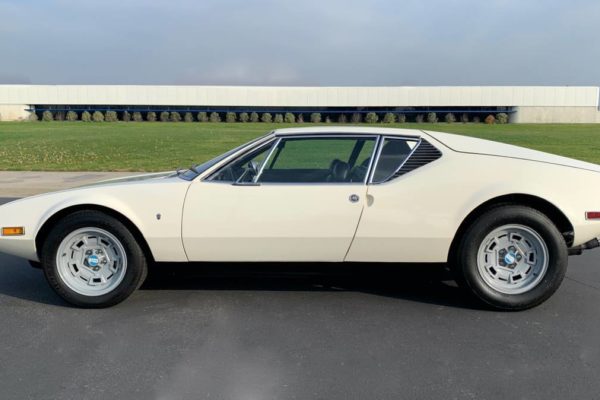
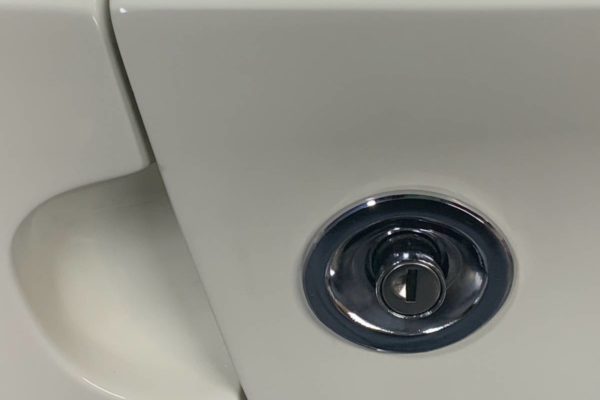
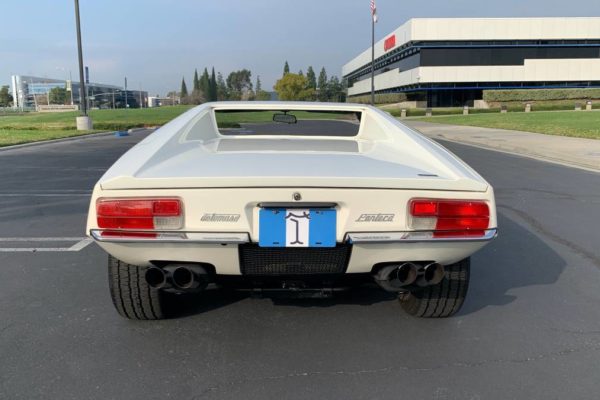
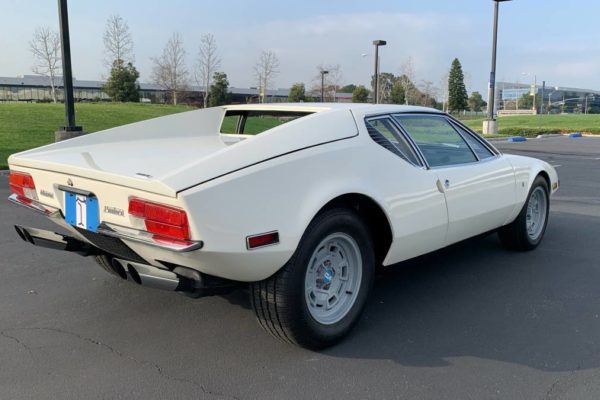
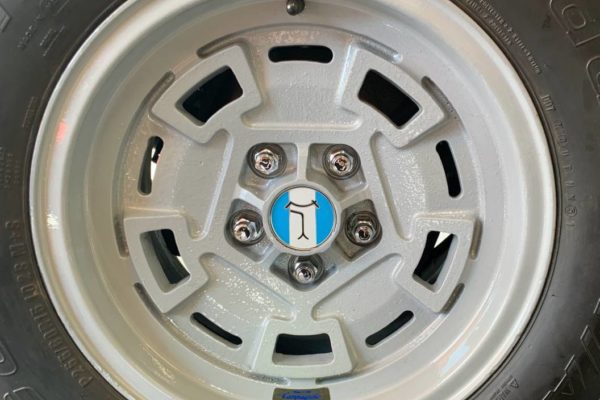
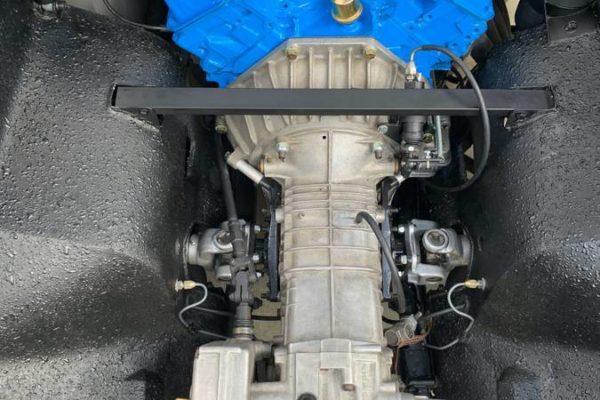
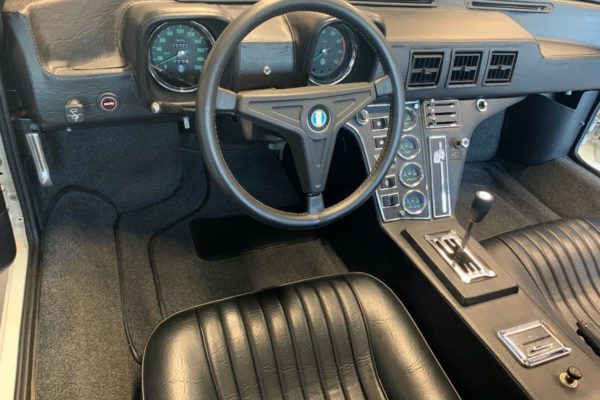
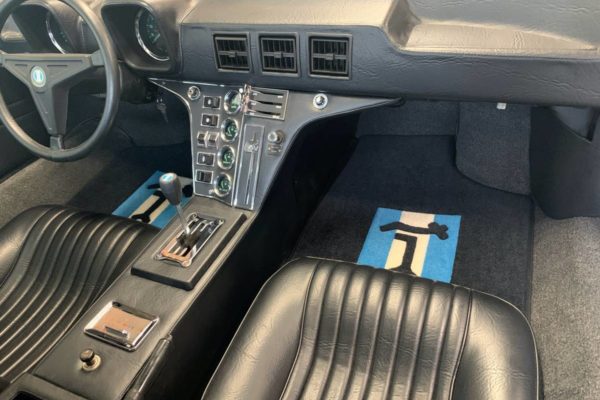
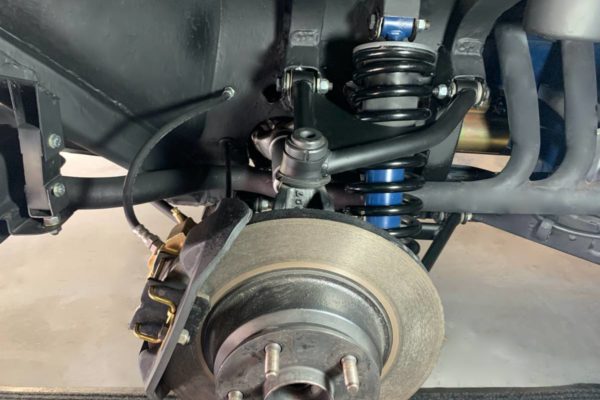
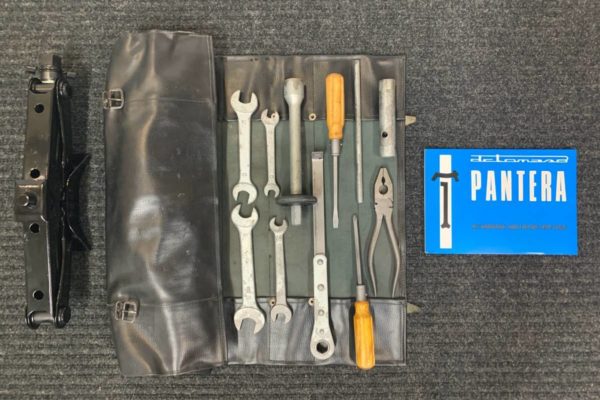
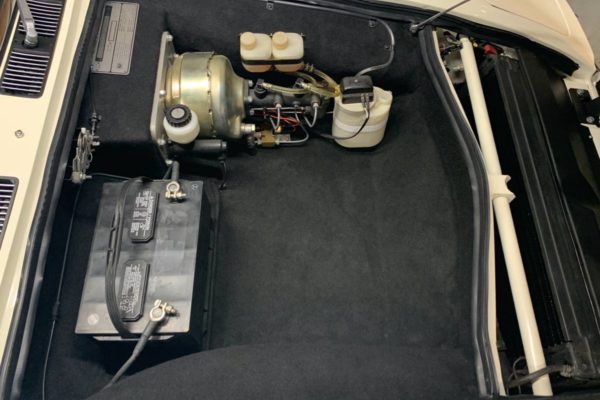
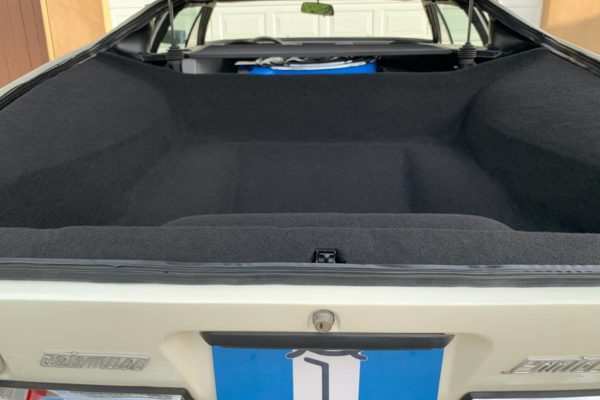
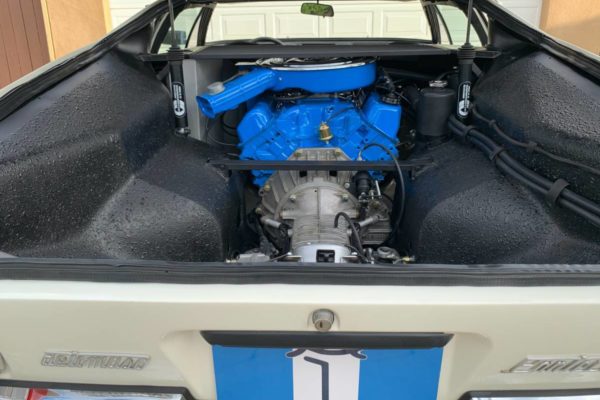
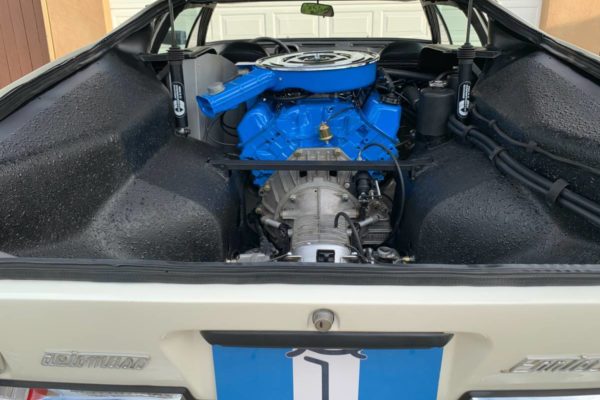
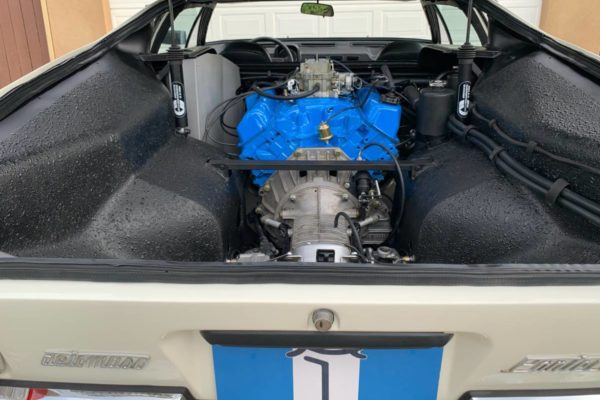
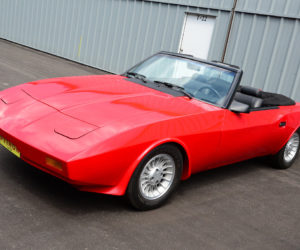
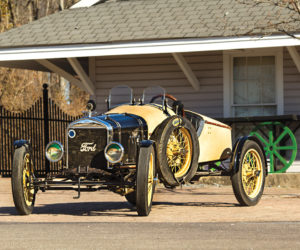
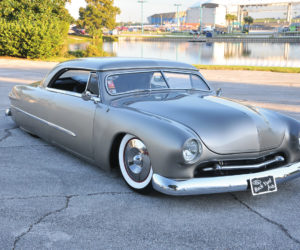
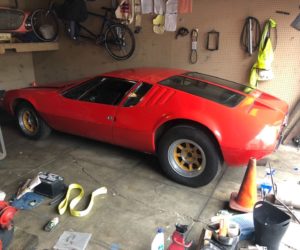
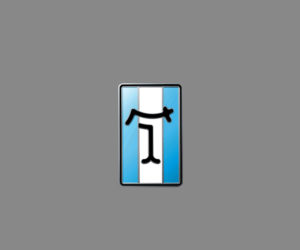
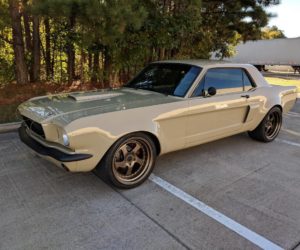




Comments for: Pristine Push-Button Pantera
comments powered by Disqus